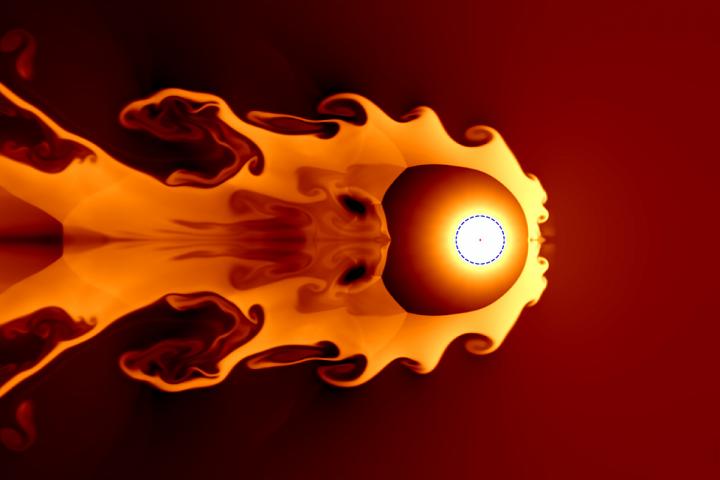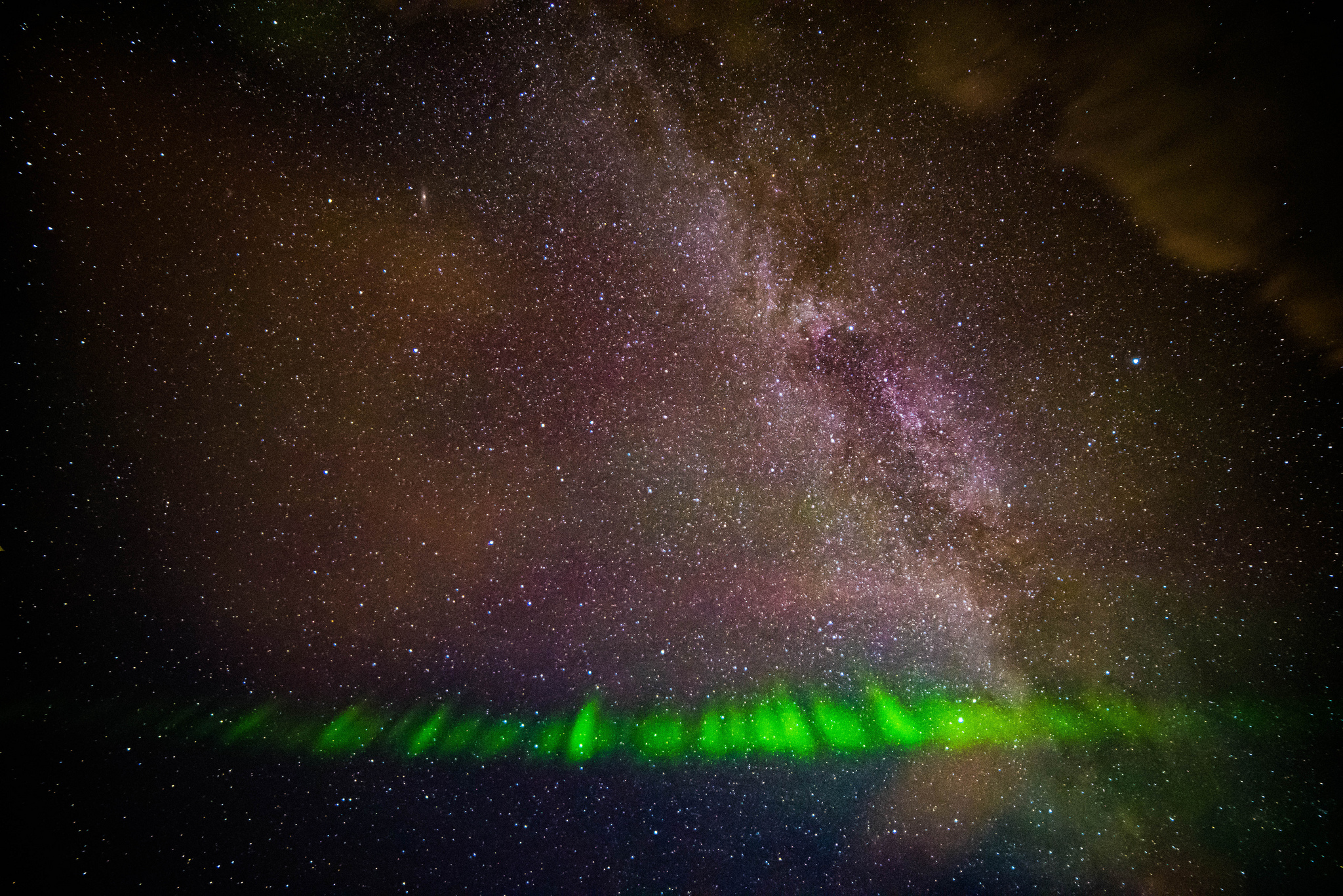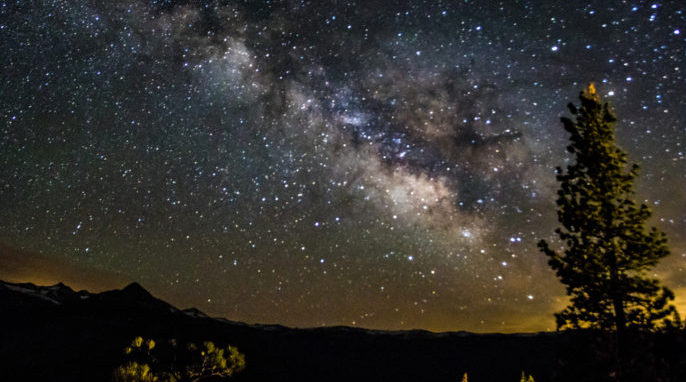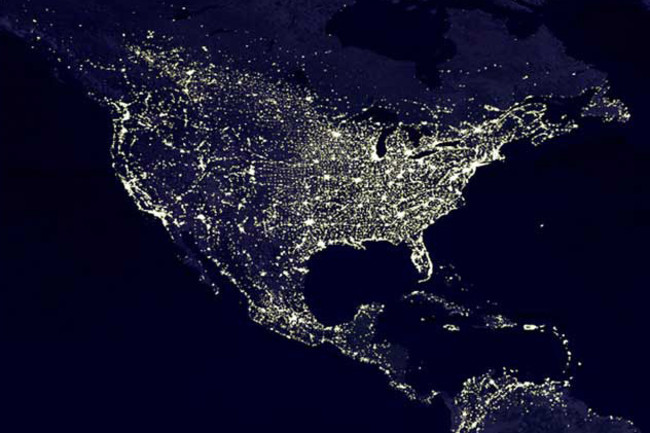Researchers at the University of Illinois think supernova explosions triggered the end-Devonian mass extinction 359 million years ago.
By Jessica Breavington
Researchers at the University of Illinois have hypothesized that supernova explosions could have triggered the end-Devonian mass extinction 359 million years ago. Immediately after a supernova, life would have been subjected to damaging X-rays, UV radiation and Gamma rays. Then, supernova debris would have created cosmic rays subjecting the planet to seemingly endless radiation. This would have caused a drop in stratospheric ozone impacting global biodiversity for hundreds of thousands of years. So, is that what happened? The presence of certain radioactive isotopes in the Earth’s rock record would confirm this theory.
What caused the Devonian mass extinction?
It is fairly certain that the drop in biodiversity at the Devonian Carboniferous Boundary was as a result of depletion of the ozone layer. The ultimate cause of this is not known for sure, but scientists have a few theories.
The Devonian mass extinction was a protracted extinction event lasting millions of years. Split into two main events; the Kellwasser event, followed by the less severe Hangenberg event around 10 million years later. Rock and fossil evidence from that period show UV-B radiation damage, which means the ozone was depleted for a long time. As the ozone layer protects the Earth from a significant portion of this radiation, when fossil records show malformations it means that the ozone layer must have been reduced for this damage to have occurred.

Theory one: A really big volcano
Sometimes in geological history, complex processes under the earth crust create widespread areas of volcanic activity. These are called large igneous provinces and stretch over thousands of square kilometers. These massive areas release lots of gasses including sulfates and carbon dioxide, which destroy the ozone layer. Large igneous provinces have much bigger effects on the atmosphere and climate than any single volcanic eruption so could plausibly cause a mass extinction. Despite difficulties in correlating marine and terrestrial records and a lack of plant fossils, the evidence indicates multiple waves of extinctions. There is believed to be a loss of spore and pollen diversity first, followed by a pulse of extinctions for several plant groups, armored fish, trilobites, and ammonites. These extinction pluses are thought to have occurred over hundreds of thousands of years. Volcanic events like large igneous provinces are generally not so protracted. Additionally, there has been inconclusive evidence for the large-scale volcanic activity required to trigger an extinction event around the Devonian-Carboniferous Boundary. Therefore, even if there was volcanic activity, it probably wasn’t the only thing that triggered the Devonian mass extinction.
RELATED: GAMMA RAYS FROM A GALAXY FAR, FAR AWAY
Theory two: Global warming
A global warming event is another possible explanation for the Devonian mass extinction. Global warming could also be a result of a large igneous province, which would have thrown more carbon dioxide into the atmosphere. Global warming causes higher surface temperatures, leading to increased evaporation, and thus more water vapor in the atmosphere. How does this affect the ozone layer? Well, water vapor contributes to, and increases, the rate of a chemical cycle involving a group of gasses called halogens, including bromine and chlorine. Halogens contribute to lower stratosphere ozone destruction, so higher concentrations of water vapor speed up ozone destruction. However, the most concentrated ozone occurs around 20-30 kilometers, not the 12-18km of the lower stratosphere. Even if the depletion of just the lower stratospheric ozone layer was enough to significantly increase ground level UV-B, the duration of the effects would not be short-term and seasonal. As most organisms have repair mechanisms for short-duration UV-B exposure, it is unlikely a temperature related event triggered the ozone depletion experienced during the Devonian mass extinction.

What about astrophysical explanations for the mass extinction?
There has been previous speculation that biosphere and ozone damage is a result of events occurring in Space. It is not just supernova explosions which damage the ozone layer. Other mechanisms include asteroids, massive solar flares, and gamma-ray bursts associated with the collision of stars or the merging of black holes. However, with these events the recovery of the ozone layer takes around 10 years. Supernova explosions are one of the only events that cause long-lasting ozone depletion, therefore they are the most probable astrophysical explanation.
Supernovae are essentially exploding stars. They release ionizing photons bathing the Earth in UV, X-rays, and gamma rays. Over longer periods cosmic waves are produced from accelerated atomic nuclei colliding with surrounding gas from the explosion. Cosmic rays assault the Earth and the ozone layer approximately 100,000 years, causing the kind of world-wide radiation damage present in plant fossils from the Devonian-Carboniferous boundary. This would of course have impacts for the wider biodiversity of the planet.
In order for an ozone depletion-event in the magnitude of that experienced during the Devonian extinction there would have to be one or more supernovae outside the ‘kill radius’ where all life on earth would be extinguished, but close enough to be significant. Stars are usually borne in clusters, so it is likely if there was one explosion near the Devonian-Carboniferous boundary there would be others. This provides a plausible explanation for the multiple extinction pulses and the discrete Kellwasser and Hangerberg events.
So far, there is no evidence to support this theory, but the scientists at the University of Illinois hope this research will help to define the evidence that would be found if this explanation were to be true. Proof of supernova explosions would be in the form of radioactive isotopes that have no source on Earth other than cosmic origins. There are a few challenges to this. Isotopes must have a long enough half-life to be perceptible after 360 million years, common enough to be detectable, and show up in rock or fossil records. Therefore, the scientists at the University of Illinois have concluded plutonium-244 and samarium-146 are the isotopes to look for. If these isotopes are found in rock or fossil assemblages associated with the Devonian-Carboniferous boundary researchers can be sure they are a result of a supernovae, and thus a new explanation for the ultimate cause of the Devonian mass extinction.
This study was published in the journal Proceedings of the National Academy of the Sciences.
Reference
Fields, B. D., Melott, A. L., Ellis, J., Ertel, A. F., Fry, B. J., Lieberman, B. S., & Thomas, B. C. (2020). Supernova triggers for end-Devonian extinctions. Proceedings of the National Academy of Sciences, 117(35), 21008-21010.

About the Author
Jessica Breavington is a student at Durham University studying Natural Sciences in biology, geography, and earth science. As an extensive traveler, she has observed first-hand the human impacts on the environment and the effect of climate change on the natural world. She writes more about her studies and experiences in her blog at www.anthroment.com




